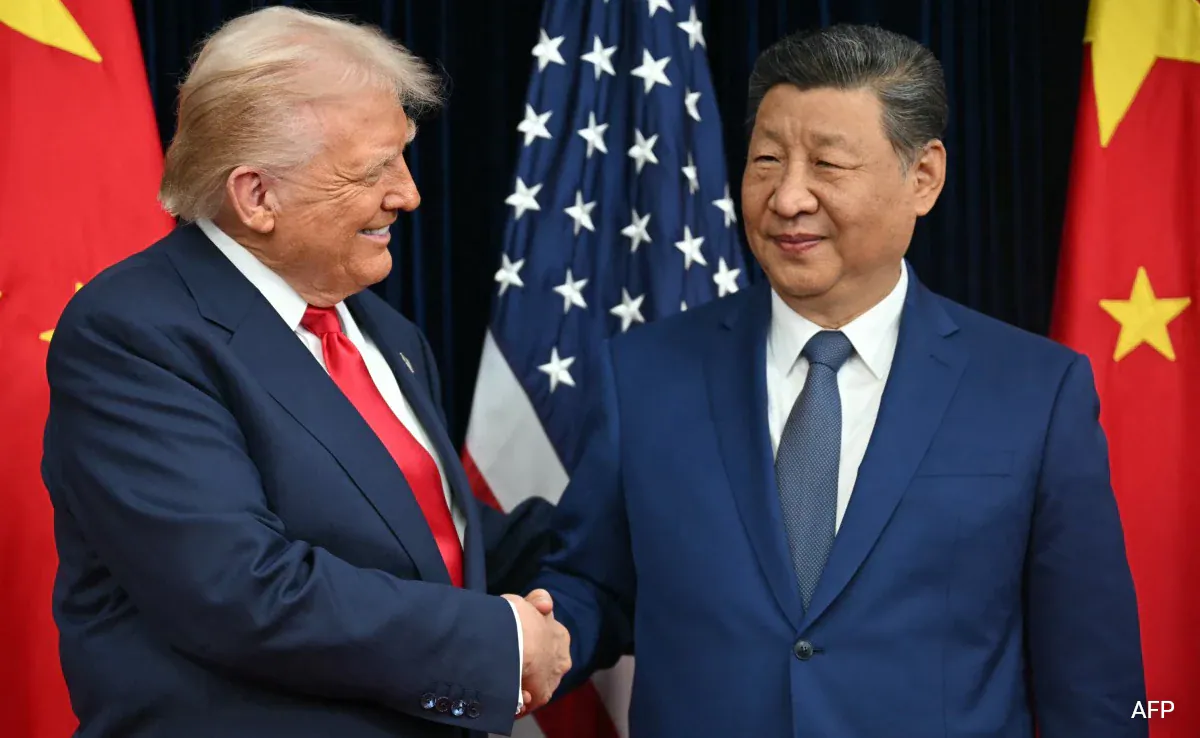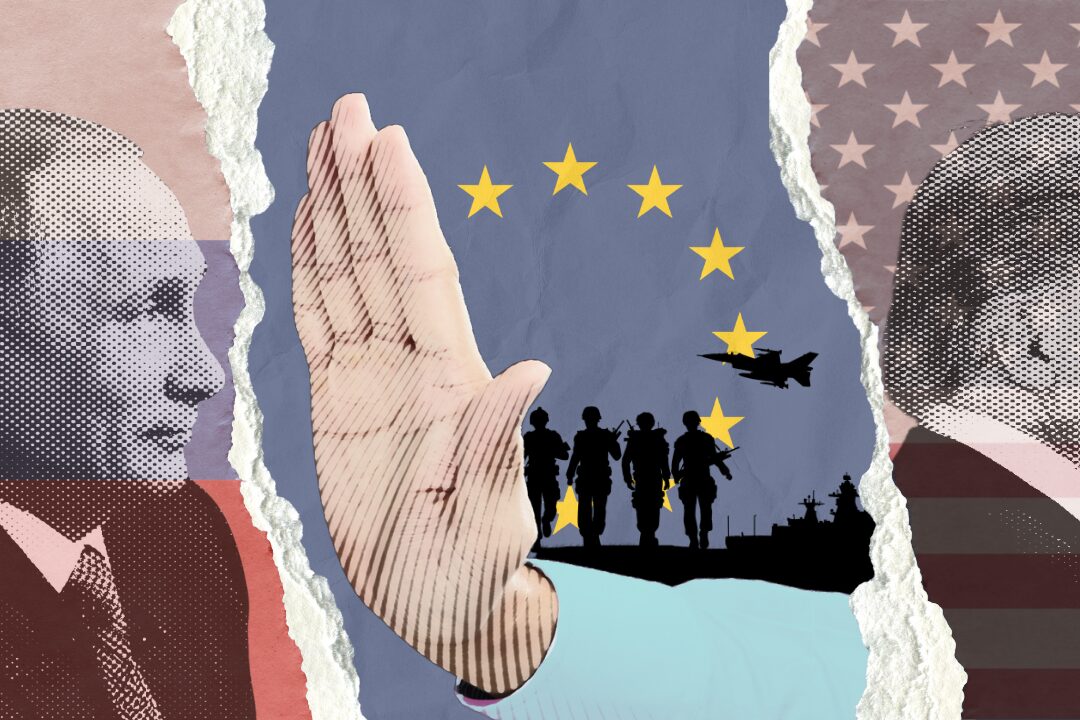
Even 190% Tariffs Can’t Break Our Addiction To China’s Cheap Labor
Despite falling headline numbers—China’s share of U.S. imports dropped to 13% in 2024 from nearly 22% in 2017—America’s reliance on Chinese goods remains deeper than it seems, according to Bloomberg.
A new paper by researchers from the World Bank and IMF estimates the real figure is closer to 16% when accounting for transshipments through third countries and de minimis shipments under $800 that bypass duties.
One major reason: China’s unmatched manufacturing capability. Businesses, even those hit hard by tariffs, are staying put. Pashion Footwear CEO Haley Pavone, facing an $80,000 tariff in April, still sticks with her Chinese supplier. She considered alternatives but found the upfront costs too high and skilled labor lacking elsewhere.
“No one is as optimized as China,” said Pavone, whose shoes require engineering precision.

Bloomberg writes that Trump-era tariffs, aimed at reducing reliance on China, may have limited impact—or even backfire. Some Southeast Asian nations now face steeper reciprocal tariffs, making them less attractive alternatives for manufacturers.
Meanwhile, new research from the Kiel Institute warns that trade talks shouldn’t overlook services. In 2023, the U.S. ran a €148 billion ($173B) services trade surplus with the EU—nearly three-quarters the size of its goods trade deficit.
Still, U.S. and EU data diverge sharply: “The EU can go for a carrot-and-stick approach with respect to services trade,” researchers suggest, promoting digital access while tightening data rules or introducing a digital services tax.
Last month, President Trump said Chinese leader Xi Jinping was „extremely hard” to make a deal with just days after the president accused Beijing of violating an agreement to roll back tariffs and trade restrictions.
This came after Treasury Secretary Scott Bessent said that U.S.-China trade talks were „a bit stalled.”
As of July 2025, the U.S. and China are in a temporary tariff truce, with reduced rates (30% U.S., 10% China) set to expire August 12. Talks are ongoing, with Secretary of State Marco Rubio meeting Chinese officials this week, though tensions remain high. Broader U.S. tariff threats on other countries have been delayed to August 1 to allow more negotiation time.
Tyler Durden
Fri, 07/11/2025 – 18:30


















